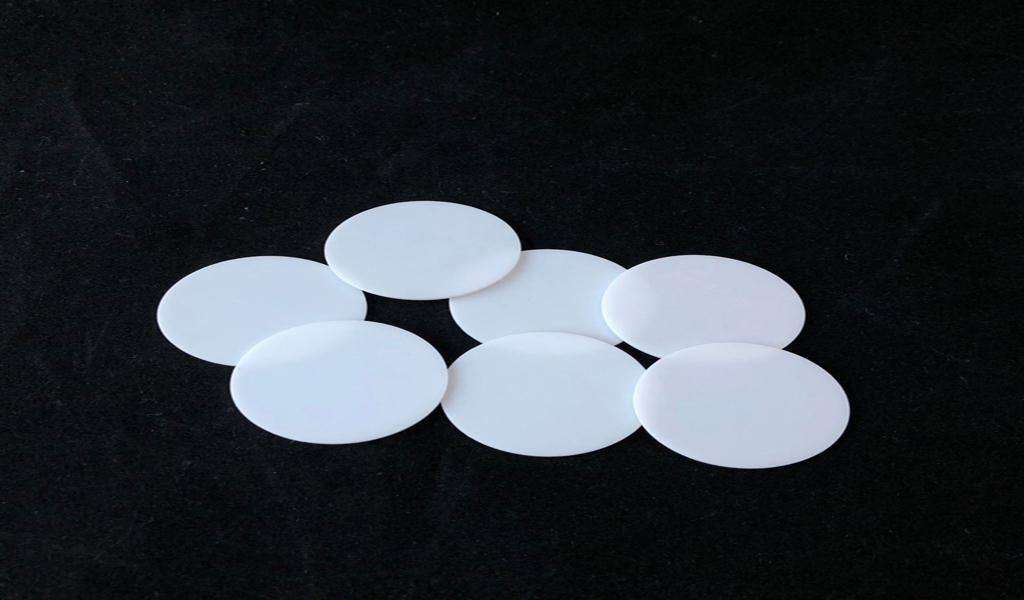The above introduces a method of chemical stabilization of zirconia ceramics to avoid internal crystal phase transformation. Next, Pintejin Ceramics will continue to explain another physical stabilization method.
Physical Stabilization When the tetragonal crystal phase of ZrO2 particles transforms to monoclinic phase, and is partially or completely cut off by the surrounding matrix phase, the physical stabilization effect is obtained.
The mechanically stable and compact structure formed by the matrix almost completely suppressed the volume expansion of ZrO2 crystals, so the tetragonal phase maintained a metastable state. When PSZ contains tetragonal crystal phase, it is considered as toughening ZrO2. Tetragonal ZrO2 ginseng crystals can be prepared by sintering ZrO2 fines containing two phases (tetragonal and cubic).,0.3mm zirconia ceramic sheet Here, only when the grain size does not exceed the critical value, the tetragonal ZrO2 can exist as a metastable phase at room temperature. In the case of ZTC ceramics, the fracture toughness can be increased by reducing the stress density at the crack tip, where additional energy is absorbed by the mechanism of tetragonal to monoclinic transformation.

It is generally believed that the toughening of ZTC materials can be achieved through various mechanisms. For example, the tetragonal ZrO2 grains existing near the crack are transformed into a monoclinic structure through the stress concentration at the crack tip. Therefore, the increase in fracture toughness is the result of stress absorption through stress-induced phase transformation.
The fracture toughness increases with decreasing Y2O3 content. This relationship is similar to the relationship between the number of monoclinic phases and Y2O3 content due to stress-induced transformation. Fracture toughness is largely dependent on the amount of tetragonal to monoclinic transformation and can be seen to increase with increasing tetragonal stress-induced phase variation. When the temperature increased to 400℃, the strength decreased significantly, and the flexural strength was only 300~350Pa at 800℃. The reduction in strength is due to the reduction in stress that induces transformation toughening.
3Y-PSZ has excellent properties, but its strength decreases significantly with increasing temperature. Adding Al2O3 is one of the ways to improve the high temperature strength of pure Y-PSZ, because the strength of Al2O3 does not decrease as much as ZrO2 with the increase of temperature. more excellent performance. Hot isostatic pressing is the main technique used to prepare these materials, and this method is very effective in enhancing the strength of Y-PSZ.
Only under the condition of ensuring the stability of raw materials, the processed ceramic parts are the most stable and the performance is the best. Pintejin Ceramics Factory has always sold high-quality ceramic products to our customers, and the product quality is guaranteed.
[wp_reusable_render id=2239]
